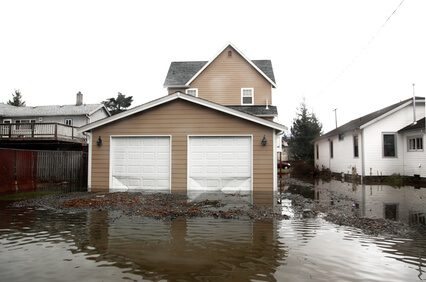
Intraday Staffing: planning for the unexpected
Power outages, surprise marketing campaigns, and even hurricanes…every call center experiences intraday anomalies like these that cause call volume to be unexpectedly high or low.
The key is to effectively prepare your center for these events so that you can react intelligently.
Take a mis-coordinated marketing campaign, for example. As a department, marketing is driven by increased sales and revenue – not necessarily customer service. As a result, marketing might introduce a campaign to customers without giving sufficient notice to call center management.
It happens all the time.
The basic premise of forecasting is taking past historical trends and superimposing new information on top to forecast what will happen. Staffing in the call center is then based on this prediction. If your data does not accurately reflect the effect of past marketing campaigns, you’ll be left with too few agents on the floor to handle the increased call volume.
An unforeseen marketing campaign is just one example. Bad weather or catastrophic events like 9/11 that cause calls to unexpectedly be re-routed to another center can also disrupt the forecast.
World class workforce management teams often have the weather channel and news on televisions in their command centers so that they can monitor what is happening and reforecast if an event occurs that could affect their centers.
Typically, centers forecast about 10% more agents than are needed for each half-hour to accommodate those agents who call in sick or simply don’t show up. When a center finds itself overstaffed by half-hour, decisions must be made for agents to use downtime to be trained or coached or even complete other back office tasks.
Then, when call volume spikes, these agents can easily be put back on the phones because they are already physically in the center.
The challenge is when you are understaffed and there are not enough agents scheduled to cover incoming call volume. In these cases, you typically ask for overtime from agents who are already there, cancel training to move agents back to answering calls, cancel time off requests (if possible), or maybe call in a group of agents who are able to come in on short notice.
If this is a virtual team with at home agents and agents in multiple centers, then everyone must discuss how volume can be shifted to other centers that can handle the calls.
The best forecasting in the world is based on history and knowledge. If the history is inaccurate or if you have no knowledge of what to expect (which is typically the case), unexpected spikes in call volume can and will happen.
Pre-planning, prioritization, pre-scheduling and disaster plans all need to be in place so that you are acting on a process when this occurs versus a knee-jerk reaction.
Remember: once the unexpected happens, regardless of the cause, be very careful not to normalize the event and accept it as historical data. It isn’t necessarily usable for future forecasting.
Back to Blog
